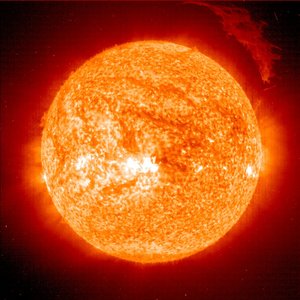15 March
1799: On 15 March 1799, William Rutter Dawes was born.
Dawes was an English amateur astronomer who set up a private observatory and made extensive measurements of binary stars. On 25 November 1850, he discovered Saturn's inner Crepe Ring (independently of William Bond).
In 1864, he was the first to make an accurate map of Mars. He was called 'Eagle-eyed Dawes for the keenness of his sight with a telescope (though otherwise, he was very short-sighted). He devised a useful empirical formula by which the resolving power of a telescope - known as the 'Dawes limit' - could be quickly determined. For a given telescope with an aperture 'd', a double star of separation 11/d arcseconds or more can be resolved as two stars rather than one. Dawes died 2 February 1868.
1806 On 15 March 1806, a six-kilogram meteorite carrying carbon-based organic materials was identified for the first time.
Its arrival on Earth was noted at 17:30 outside Alais, France. The organic chemicals it carried suggested the possibility of life somewhere else in the Universe. According to the analysis of Berzelius and a commission appointed by the French Academy it contained water, carbon dioxide, a soluble salt containing ammonia, and a blackish-brown sublimate, which Berzelius confessed was unknown to him.










